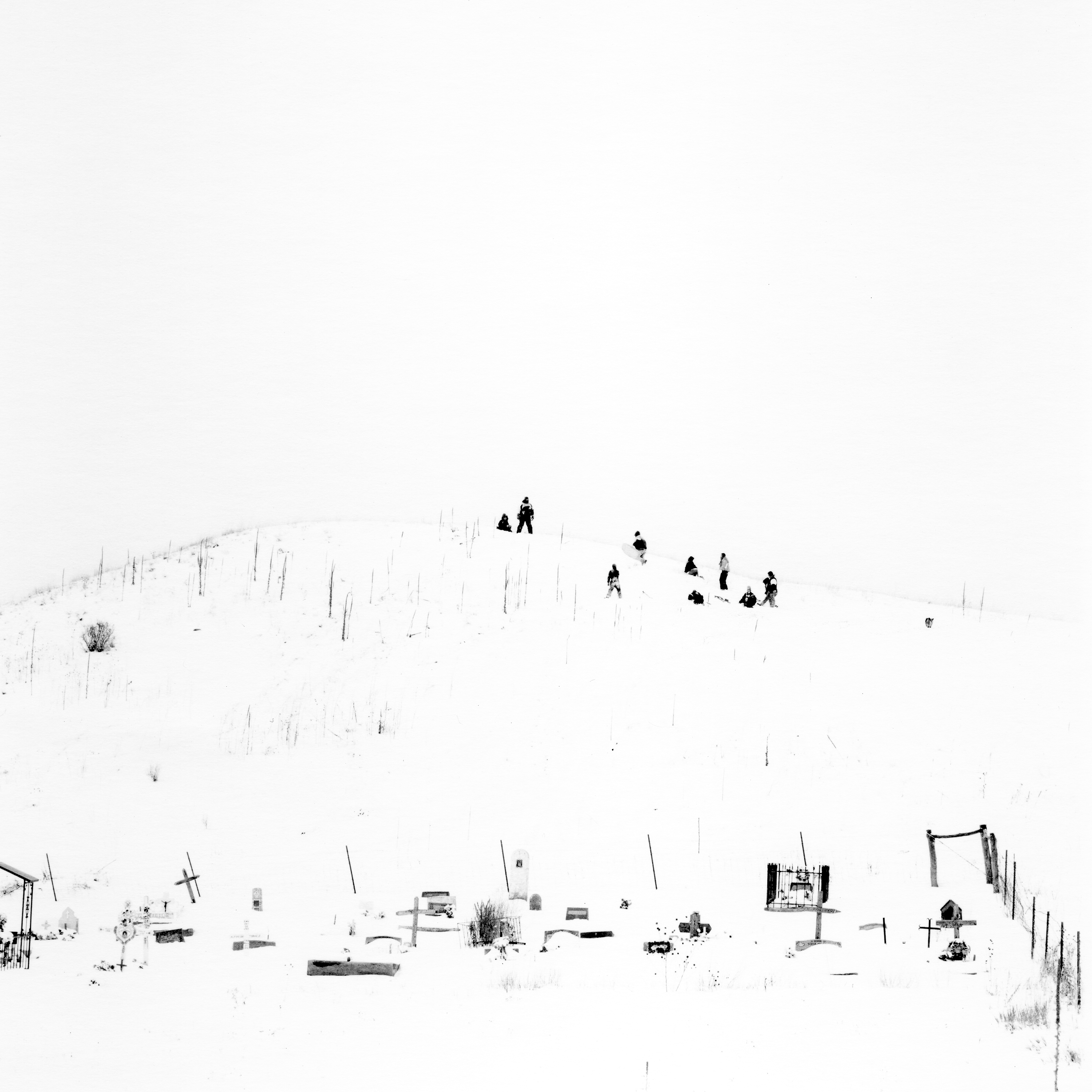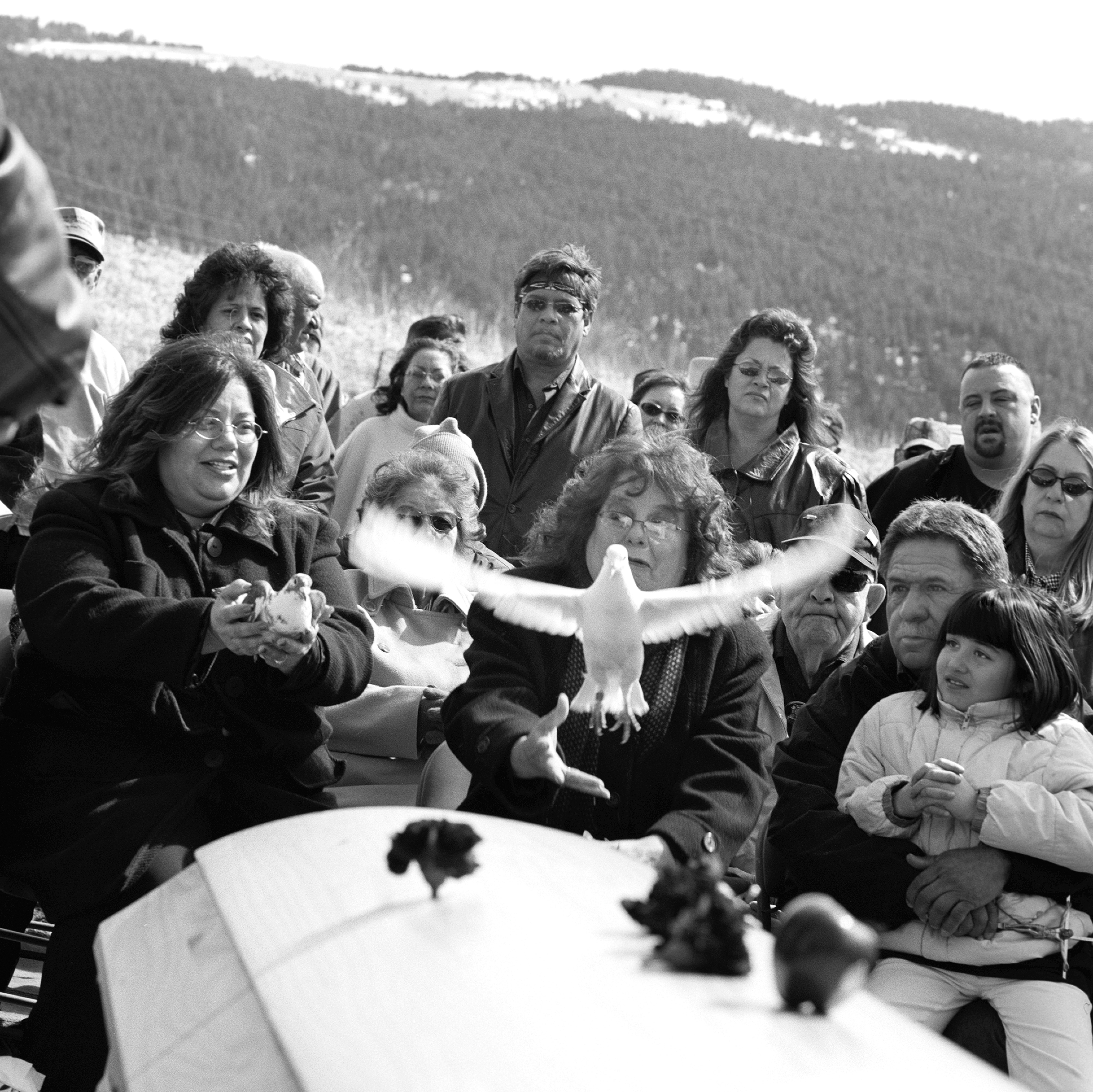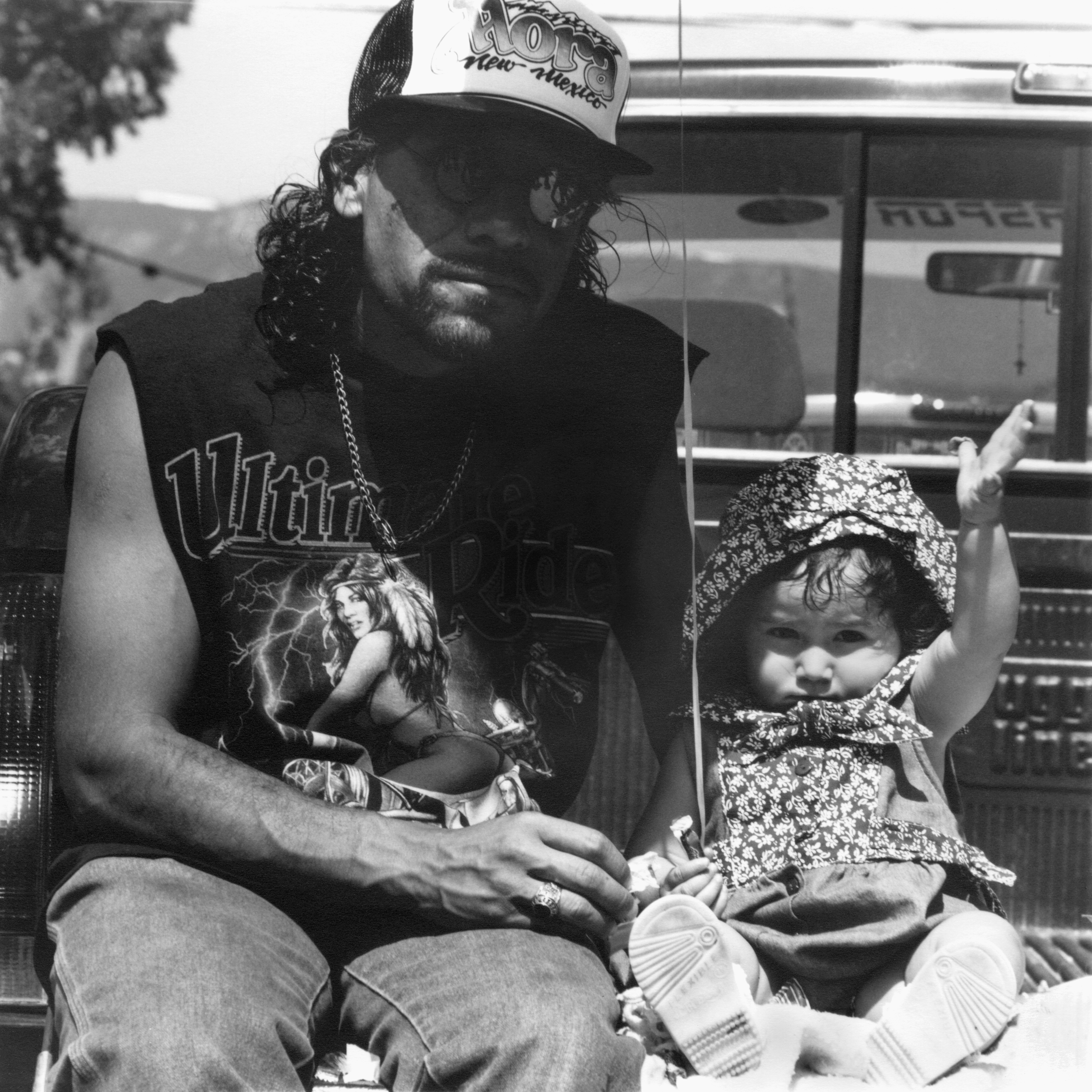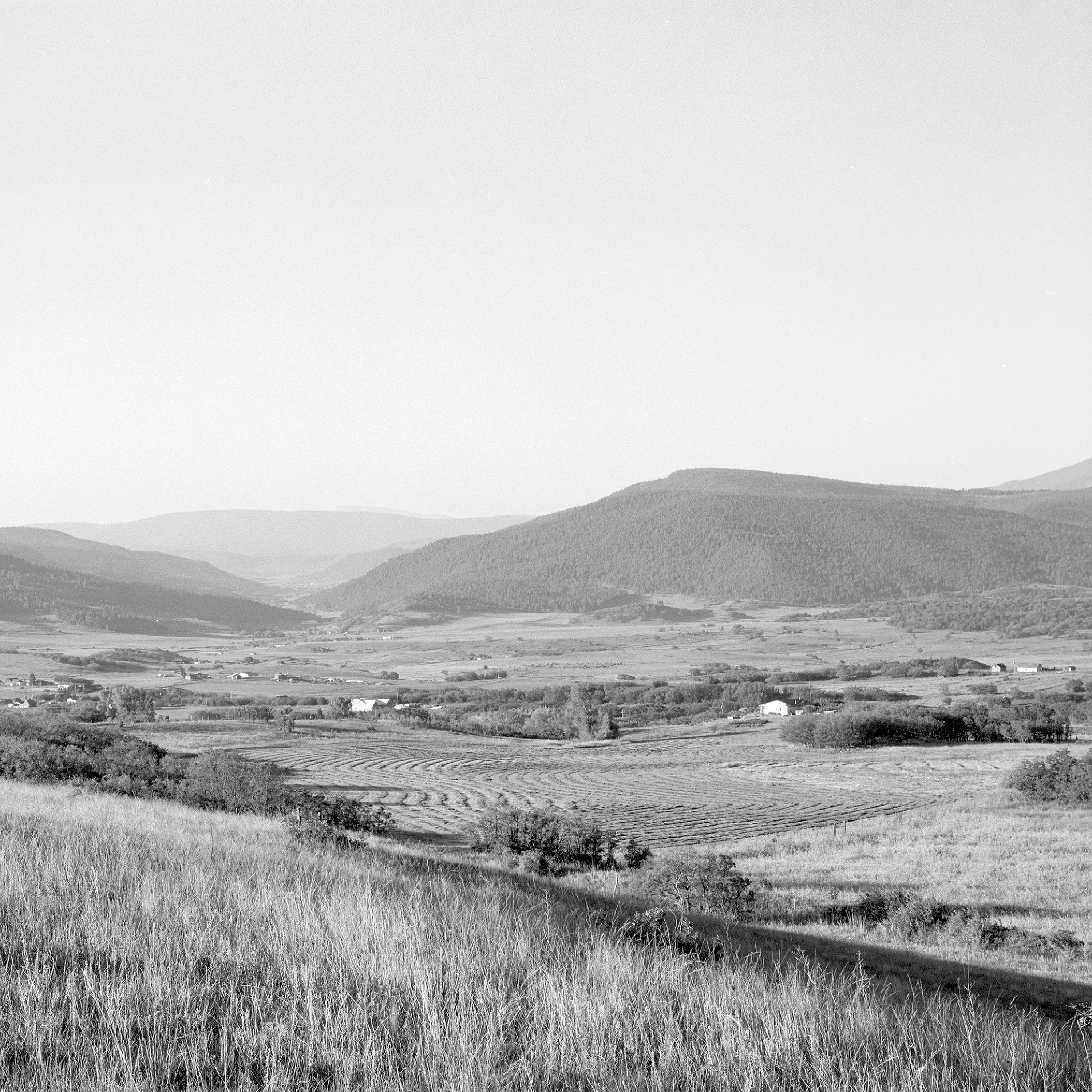Exit West: A Cultural Confluence
TRADITION ANd change
• • •

Long a land-based people, rocks, trees, livestock, wildlife, and produce continue to be harvested and sold for financial sustenance. In retiring from urban centers that provided crucial jobs, children of the valley are returning to a less complex life with renewed appreciation for their distinctive culture. And with the area attracting many drawn to its abundant natural attributes, joint contributions establishing organic farming and ranching and growers' cooperatives, the restoration of historic properties, cottage industries, and local news publications signify an honoring of the "old ways" while bringing an influx of possibility for a vibrant rural existence. It is in a visual fusion of memory, perception, and form, that these images offer contemplations on the social, economic, familial, and religious influences that continue to define the cultural landscape of Northern New Mexico.

I

Rituals & Traditions

II

Accretions of ChangE

III

People of the Valley

IV

HomeWorld
PRINTS
1994 - Present
20 x 16 Selenium Toned Gelatin Silver Photographs
Editions of 50
• • •
SELECTED EXHIBITIONS
Looking Back New Mexico History Museum
Agua y Fe: Water and Faith Las Vegas, NM Arts Council and Plaza Hotel
Contemplative Landscape New Mexico History Museum
The Cultural Landscape of Northern New Mexico Office of the State Historian
Shifting Landscapes Southwest Collection Special Collections Library at Texas Tech University
From Petroglyphs to Plazas Office of Archeological Studies New Mexico Governor's Gallery
New Mexico Photographers Runnels Gallery Eastern New Mexico University
• • •
COLLECTIONS
Center for Southwest Research Special Collections Library University of New Mexico
George Eastman Museum
Harwood Museum of Art
Museum of Fine Arts Houston
Stanford University Special Collections Library and University Archives
• • •
PRESENTATIONS
Contemplative Landscape New Mexico History Museum
Where Angels Come to Sing Theaterwork
Shifting Landscapes: Considerations of Time, Place, and Culture SPE Southwest Regional Conference
• • •
PUBLICATIONS
Cheryl and Bill Jamison, Tasting New Mexico, Santa Fe, Museum of NM Press, 2012